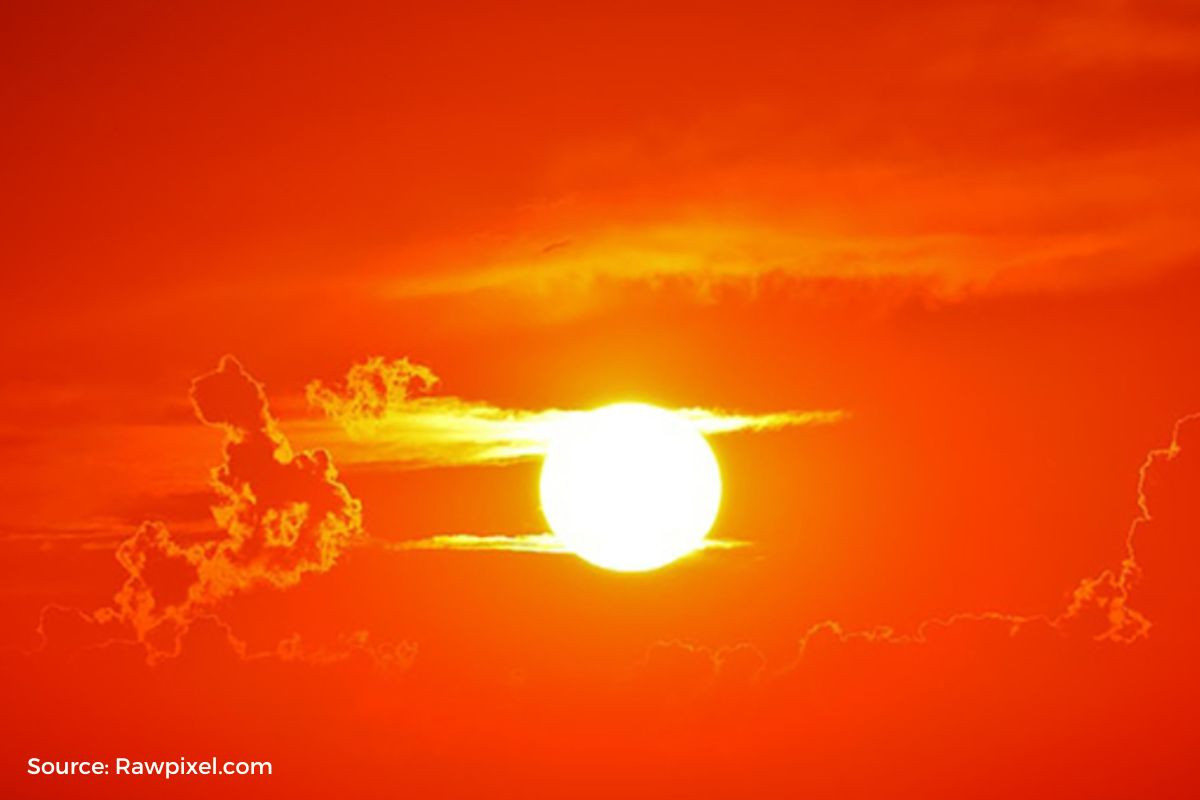Rural
11 December, 2023
Bureau of Meteorology forecasts warm summer
The Bureau of Meteorology's summer long-range forecast shows a high chance of warmer than usual days and nights across Australia, below average rainfall likely for much of the tropics and Western Australia, and a more neutral rainfall signal for the rest of the continent

After a drier than usual spring and winter for much of Australia, the more neutral summer rainfall forecast outside of the tropics may mean summer rainfall is closer to average for those areas.
Bureau of Meteorology national manager for climate services, Dr Karl Braganza, said forecasts leading into summer started to suggest the chance of average rainfall for large areas of eastern Australia.
“The forecasts suggested the chance of average rainfall for parts of the east towards the end of spring and early summer, and we have seen some decent rainfall in November to finish off the spring season,” he said.
“Compared to outlooks issued mid-year, the dry signal has continued to ease across the eastern half of the continent outside of the tropics.”
This summer there’s an increased risk of extreme heat, heatwaves, bushfire weather and marine heatwaves. Most of the continent has an increased chance of unusually high temperatures possibly in the top 20 per cent of records for this time of year.
El Niño is predicted to continue over summer when its influence varies across the continent.
“El Niño is typically associated with a drier than average wet season in parts of Australia’s tropical north while its influence on rainfall over southern parts of Australia wanes over summer,” Dr Braganza said.
“Dry and warm conditions over much of spring along with the warm summer forecast is still contributing to an elevated fire risk this summer, and we have already seen significant fire activity.
“This summer all communities are urged to prepare for bushfire and monitor local conditions.”
Australia’s fire agencies have identified an increased risk of fire this summer for most of Queensland.
Despite the widespread storms in the second half of November, Australia’s overall spring rainfall is tracking to be around 23 per cent below average.
Much of Australia has experienced a drier and warmer spring than usual, which is typical of El Niño and positive Indian Ocean Dipole events.

